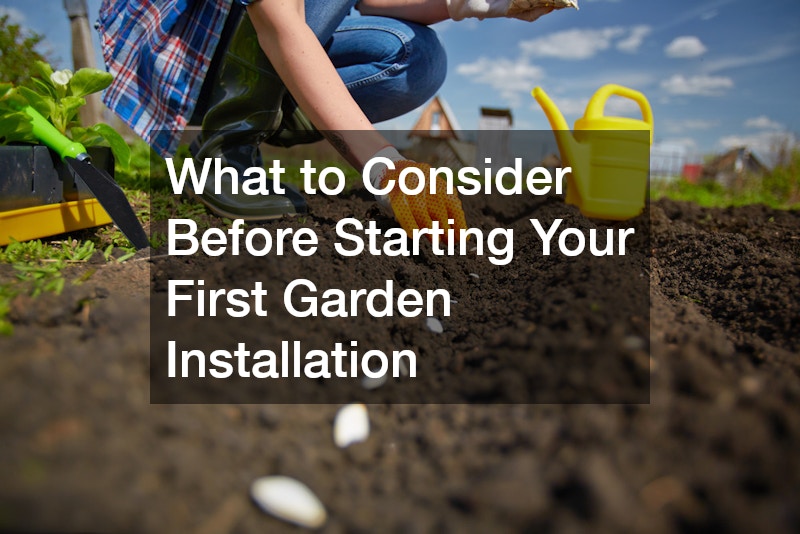Creating a beautiful and productive garden at home is a journey that begins with understanding your space and ends with enjoying lush greenery and vibrant blooms. Gardening is both an art and a science, requiring careful planning, preparation, and consistent care. Whether you are growing vegetables, flowers, or a combination of both, knowing how to build and maintain your garden from the ground up is essential. Every step, from selecting the right soil and plants to integrating structures and technology, contributes to the long-term success of your outdoor oasis. A well-planned garden enhances your home’s aesthetics, increases your property value, and provides a relaxing retreat. In this guide, we’ll explore the steps to create a thriving garden, including soil preparation, professional guidance, design strategies, and maintenance tips, ensuring your garden flourishes throughout the year.
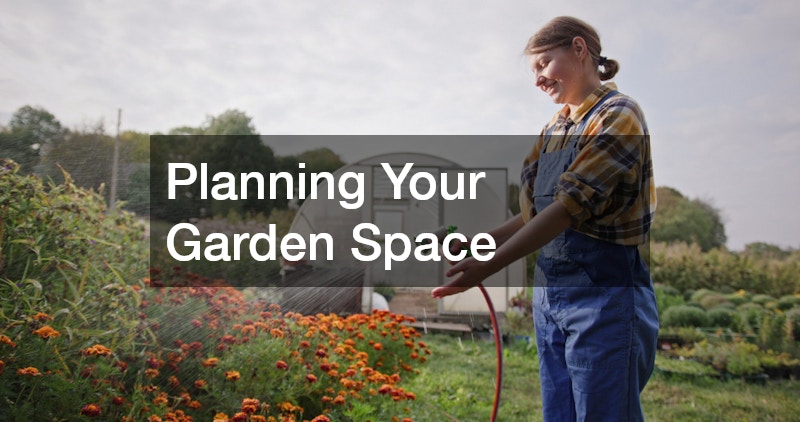
Planning Your Garden Space
For gardeners aiming to extend their growing season or experiment with delicate plants, incorporating a greenhouse can transform the gardening experience. A greenhouse provides a controlled environment where temperature, humidity, and light can be optimized, allowing for the cultivation of plants that might otherwise struggle outdoors. Even a small backyard greenhouse can help you start seedlings earlier in the season, protect young plants from pests, and grow exotic species that would not survive in the open garden. Placement is critical; it should receive ample sunlight and be easily accessible for daily maintenance. Inside, shelves and raised beds can maximize space, and fans or vents can help regulate airflow. With a greenhouse, you gain the ability to experiment with year-round gardening and increase your harvests significantly. Gardeners often find that the controlled environment encourages consistent growth and helps prevent stress-related plant diseases, making this investment invaluable for both hobbyists and serious gardeners alike.
Preparing Your Garden Foundation
Healthy plants begin with strong soil. Using quality garden soil ensures proper drainage, nutrient availability, and structural support for roots. Before planting, it’s important to test the soil’s pH and texture to determine what amendments are needed. Adding compost or organic matter can enhance fertility, improve water retention, and support beneficial microorganisms that promote plant health. Proper soil preparation reduces the likelihood of plant diseases and makes it easier for roots to establish themselves. Garden soil can be enriched with natural fertilizers or mulch to protect against erosion and retain moisture. Regularly turning and aerating the soil also prevents compaction, ensuring that plants have the oxygen they need to grow robustly. By dedicating time to building the foundation properly, gardeners set the stage for vigorous growth, better yields, and long-lasting garden vitality. Over time, rich soil not only supports plant life but also encourages pollinators and beneficial insects, creating a balanced ecosystem within your garden space.
Working with Professional Landscaping Experts
Transforming your backyard into a flourishing garden often benefits from guidance by experienced landscaping contractors. Professionals can assess your property’s topography, identify drainage issues, and suggest the optimal placement of plants, trees, and hardscaping features. They can help integrate patios, pathways, retaining walls, or raised beds that both enhance aesthetics and improve functionality. By consulting with experts, you avoid costly mistakes, save time, and ensure that your outdoor space works harmoniously with the natural landscape. Landscaping contractors can also recommend plant species suited to your climate and soil type, advise on seasonal planting schedules, and help design a layout that maximizes sunlight exposure. Their insight transforms the gardening process from guesswork into a strategic plan. Working with professionals often results in a garden that not only looks stunning but also thrives in the long term, minimizing maintenance challenges while encouraging healthy, resilient plant growth.
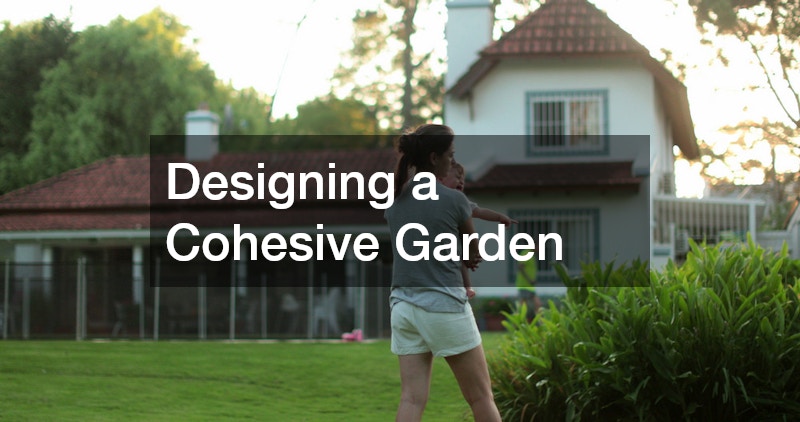
Designing a Cohesive Garden
Successful gardens balance form and function, and thoughtful landscape design ensures that your space is visually appealing and practical. When planning, consider factors such as color combinations, plant heights, textures, bloom cycles, and foliage patterns to maintain interest throughout the year. Focal points, like a decorative fountain, a sculpture, or a seating area, draw the eye and provide structure to the garden. Paths can guide visitors through different areas, while raised beds or garden islands can help organize plantings efficiently. Landscape design also incorporates elements such as lighting, irrigation, and soil amendments to support plant health. By designing a space that combines beauty with utility, you create a garden that is both enjoyable and easy to maintain. A cohesive design takes into account sunlight exposure, soil conditions, and environmental sustainability, making it easier to nurture plants effectively while maintaining a visually harmonious outdoor retreat.
Choosing Local Expertise
Partnering with local landscaping contractors offers unique advantages. Their familiarity with regional climate, soil conditions, and native plants allows them to recommend species and techniques that thrive specifically in your area. Local contractors also often have relationships with nearby suppliers, nurseries, and garden centers, making it easier to source high-quality materials and plants. Working with local professionals can also provide insight into common pests or diseases and how to prevent them effectively. Furthermore, hiring community-based experts supports the local economy and ensures accountability and responsiveness throughout the project. By leveraging their knowledge, your garden is more likely to flourish with fewer setbacks, and your investment in professional guidance pays off with a resilient, beautiful, and regionally adapted outdoor space.
Selecting Garden Materials
While we often think of paint stores as places for home improvement, they can be surprisingly useful for garden projects. Quality outdoor paints, stains, and sealants help protect structures like raised beds, pergolas, benches, and fences from weather damage. UV-resistant coatings maintain color vibrancy and prevent fading over time, while waterproof sealants shield wood from moisture and decay. Paint stores also provide tools like brushes, rollers, and sprayers that make application more efficient and professional-looking. Properly finishing garden structures extends their lifespan, protects your investment, and adds a polished aesthetic touch. Using high-quality materials ensures that your garden elements can withstand seasonal changes, resist wear, and maintain their structural integrity for years, contributing to a garden that remains beautiful and functional through every season.
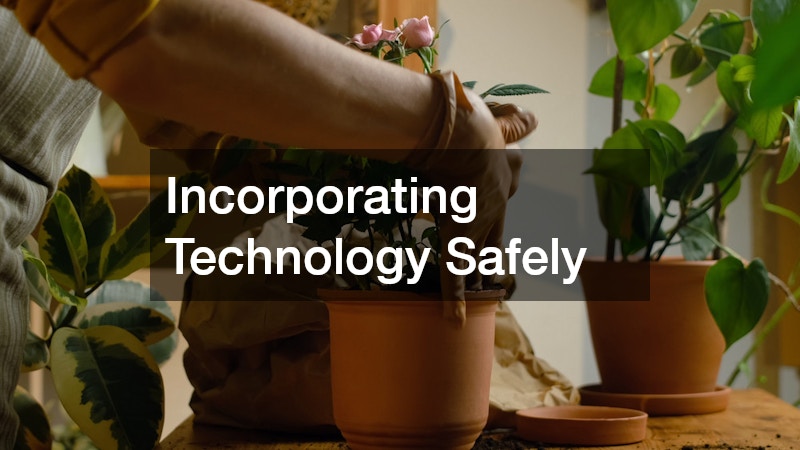
Incorporating Technology Safely
Modern gardens increasingly rely on electricity for lighting, water features, irrigation, and automated climate controls in greenhouses. Hiring residential electricians ensures that these installations are safe, code-compliant, and efficient. Electricians can help set up timers, pumps, outdoor lighting, and smart irrigation systems that optimize water usage while highlighting your garden’s best features. Properly installed electrical systems reduce the risk of accidents, protect your plants and equipment, and allow you to enjoy a well-lit and functional garden space. Professional installation is particularly important for water features or greenhouse climate systems, where improper wiring can cause serious safety hazards. By investing in expert help, you enhance both the safety and convenience of your garden, allowing you to take full advantage of technology while keeping your outdoor environment secure.
Enriching Your Soil
Supplementing your garden with high-quality topsoil supply is essential for supporting plant growth. Topsoil contains vital nutrients and microorganisms that enrich the soil, improve drainage, and enhance root development. Mixing topsoil with compost or organic fertilizers increases moisture retention and strengthens plants’ ability to resist disease and environmental stress. Regular addition of fresh topsoil can also correct nutrient deficiencies, reduce compaction, and support long-term garden productivity. Selecting topsoil based on texture, fertility, and organic content ensures it matches your garden’s specific needs, whether you’re planting vegetables, flowers, or shrubs. Investing in high-quality soil amendments sets the foundation for robust plant growth, healthier blooms, and higher yields, making it one of the most important steps in creating a thriving garden.
Adding Structure and Security
A well-designed fence serves practical and decorative purposes. Collaborating with a professional fence company allows you to select materials, styles, and heights that complement your garden while providing security and privacy. Fences can protect plants from animals, delineate different areas, and support climbing plants or vertical gardens. A durable, aesthetically pleasing fence defines the space and enhances your overall garden design. Professional installation ensures stability, longevity, and proper alignment, preventing maintenance issues in the future. By integrating fencing thoughtfully, you create a safe, organized, and visually appealing environment that maximizes both plant growth and outdoor enjoyment. It also allows for creative landscaping ideas, such as trellises or planter boxes attached to fence panels, further enhancing the functionality and beauty of your garden.
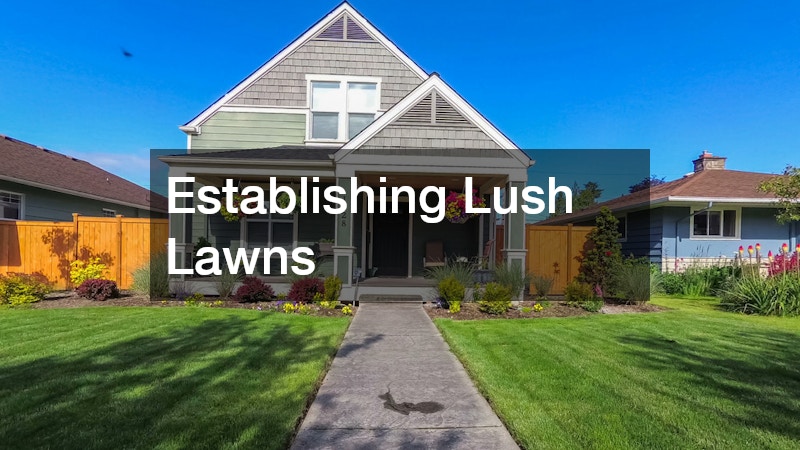
Establishing Lush Lawns
Using a hydroseeding service is an effective method for achieving a dense, even lawn that complements your garden beds. Hydroseeding involves spraying a mixture of seed, fertilizer, and mulch over prepared soil, promoting faster germination and healthier grass growth. This technique covers larger areas more uniformly than traditional seeding and is particularly beneficial for sloped or uneven terrain where erosion is a concern. Professional hydroseeding ensures correct seed selection, optimal application, and proper post-planting care. A lush lawn not only enhances the visual appeal of your garden but also contributes to soil stabilization, moisture retention, and a welcoming outdoor space for recreation. Integrating this approach into your garden plan results in a polished, cohesive look and a vibrant landscape that thrives with minimal intervention over time.
Maintaining a Healthy Garden
Consistent maintenance is key to long-term garden success. Watering schedules should be adapted to seasonal changes, soil moisture levels, and plant types. Regular weeding, pruning, fertilization, and pest monitoring ensure that plants remain healthy and productive. Mulching helps retain soil moisture, prevent weeds, and regulate soil temperature. Crop rotation, companion planting, and soil amendments support nutrient balance and reduce the risk of plant diseases. Taking the time to monitor your garden, observe plant health, and address issues proactively creates a sustainable, thriving ecosystem. Ongoing care ensures that your garden continues to flourish, rewarding your efforts with vibrant blooms, healthy produce, and a well-balanced outdoor environment for years to come.
Implementing Sustainable Practices
Incorporating sustainable gardening methods benefits both the environment and the longevity of your garden. Practices like rainwater harvesting, composting, using native plants, and conserving energy reduce resource use and create a resilient ecosystem. Native plants attract beneficial pollinators, reduce the need for chemical fertilizers, and thrive with less water. Energy-efficient lighting, automated irrigation, and eco-friendly soil amendments further enhance sustainability. By integrating these strategies, you create a self-supporting, low-maintenance garden that harmonizes with nature. Sustainable gardening ensures your space remains productive, beautiful, and environmentally responsible, allowing you to enjoy your home garden while minimizing ecological impact and fostering biodiversity.
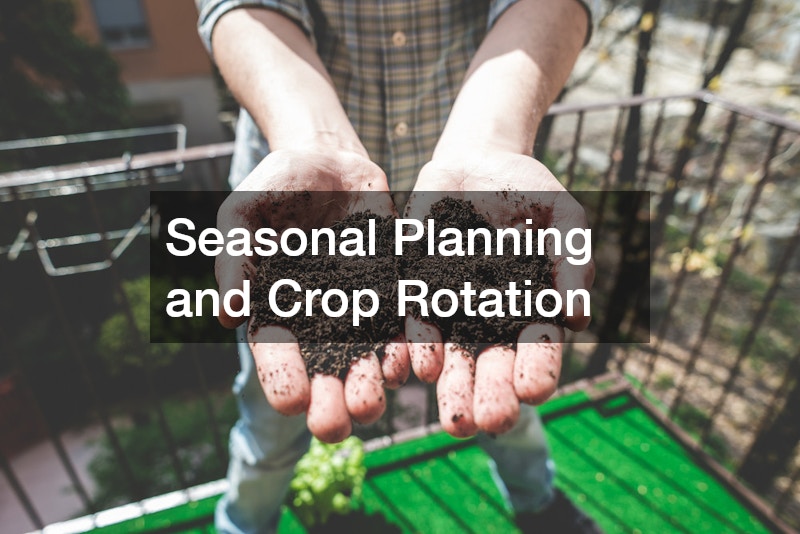
Seasonal Planning and Crop Rotation
One of the most effective strategies for maintaining a productive and healthy garden is careful seasonal planning and implementing crop rotation. By understanding which plants thrive during each season, you can optimize sunlight exposure, soil nutrients, and water usage. Crop rotation involves planting different types of crops in specific areas each year to prevent soil depletion, reduce pest infestations, and minimize disease buildup. For example, legumes can help restore nitrogen to the soil after nutrient-hungry plants like tomatoes or corn. Seasonal planning also allows you to stagger planting and harvesting times, ensuring a continuous supply of vegetables, fruits, or flowers throughout the year. Combining crop rotation with composting and soil amendments enhances soil fertility and promotes long-term sustainability. By taking the time to plan your garden based on seasonal patterns and rotating crops strategically, you create a resilient ecosystem that supports healthy plant growth, maximizes yields, and reduces the need for chemical interventions. This approach helps transform your garden into a sustainable, productive, and visually appealing outdoor space that thrives year after year.
Building a thriving garden at home requires careful planning, attention to detail, and consistent care. From preparing quality garden soil to working with professionals such as landscaping contractors, residential electricians, and fence companies, each step contributes to a flourishing outdoor space. Incorporating elements like greenhouses, hydroseeding, and sustainable practices ensures your garden thrives through every season. A thoughtful design, combined with proper maintenance, results in a beautiful, functional, and resilient garden that provides both aesthetic enjoyment and practical benefits. By investing time, effort, and expert guidance, your garden will grow from humble soil to vibrant sprout, creating an inviting outdoor haven for relaxation, recreation, and the joy of gardening for years to come.

